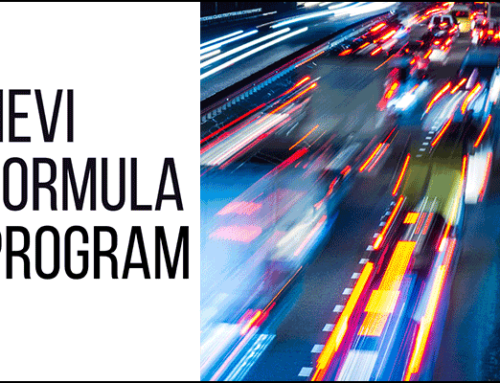With an increasing number of new EV models and a variety of charger power levels hitting the market, it’s crucial to know which charger is most suitable for your car. Charging speed is influenced by several factors, the most critical being the vehicle’s maximum charge rate and its specific charging curve. If this sounds technical, don’t worry, our previous articles provide explanations of these basic terms.

Understanding the battery specifications of your EV model is key to choosing the right charger. It’s important to note that the maximum charge rate is just that – a maximum. Most vehicles only charge at their “peak” kilowatt rate for a short period before the speed decreases as the battery fills up.
Here’s a list of EV models under three different charger power levels:
Models with a Max Charge Rate of up to 59kW
| No. | Model |
|---|---|
| 1 | BMW i3 |
| 2 | Chevy Bolt |
| 3 | Chevy Bolt EUV |
| 4 | Chevy Spark EV |
| 5 | Ford Focus Electric |
| 6 | Harley Davidson LiveWire Motorcycle |
| 7 | Harley Davidson LiveWire One Motorcycle |
| 8 | Honda Clarity |
| 9 | Kia Soul EV |
| 10 | Mazda MX-30 |
| 11 | Mini Cooper SE Electric |
| 12 | Mini Cooper SE Electric Hardtop |
| 13 | Nissan LEAF |
| 14 | Volkswagen E-Golf |
| 15 | Tesla Model 3, S, S Plaid, X, Y* |
Models with a Max Charge Rate of 60-199kW
| No. | Model |
|---|---|
| 1 | Audi e-tron |
| 2 | Audi Q4 e-tron |
| 3 | BMW i7 |
| 4 | BMW iX |
| 5 | Cadillac LYRIQ |
| 6 | Ford F-150 Lightning |
| 7 | Ford F-150 Lightning (Pro Edition) |
| 8 | Ford Mustang Mach-E |
| 9 | Hyundai Ioniq EV |
| 10 | Hyundai Kona EV |
| 11 | Jaguar I-PACE |
| 12 | Kia Niro EV |
| 13 | Lordstown Endurance |
| 14 | Mercedes-Benz EQB |
| 15 | Mercedes-Benz EQE |
| 16 | Nissan ARIYA |
| 17 | Nissan LEAF Plus |
| 18 | Polestar 2 |
| 19 | Subaru Solterra |
| 20 | Toyota bZ4X |
| 21 | VinFast VF8 |
| 22 | Volkswagen ID.4 |
| 23 | Volvo C40 Recharge |
| 24 | Volvo XC40 Recharge |
Models with a Max Charge Rate of 200-350+kW
| No. | Model |
|---|---|
| 1 | BMW i3 |
| 2 | Chevy Bolt |
| 3 | Chevy Bolt EUV |
| 4 | Chevy Spark EV |
| 5 | Ford Focus Electric |
| 6 | Harley Davidson LiveWire Motorcycle |
| 7 | Harley Davidson LiveWire One Motorcycle |
| 8 | Honda Clarity |
| 9 | Kia Soul EV |
| 10 | Mazda MX-30 |
| 11 | Mini Cooper SE Electric |
| 12 | Mini Cooper SE Electric Hardtop |
| 13 | Nissan LEAF |
| 14 | Volkswagen E-Golf |
| 15 | Tesla Model 3, S, S Plaid, X, Y* |
You can use a charger with a higher power rating than your vehicle’s maximum charging capability, but it won’t speed up the charging process. This is because the charging speed is determined by your battery’s specs, not the charger. At busy charging stations, it’s generally considered good etiquette not to occupy a higher-powered charger than necessary, especially if your EV has a smaller battery and lower max charge rate.
On the other hand, using a lower-powered charger than your vehicle’s maximum capability is absolutely fine. This option makes sense when you’re not in a hurry or have errands to run near a convenient charger. Regardless of your EV’s peak DC charge rate, a lower-power charger is a good choice, especially if you plan to be away from your car for a while.
Remember, even the highest-power chargers won’t speed up the charging of an EV with a smaller battery or lower charge rate. Sometimes, the difference in charging time between using a 150kW and a 350kW charger is just a few minutes, considering the charging curves provided by the manufacturers.














